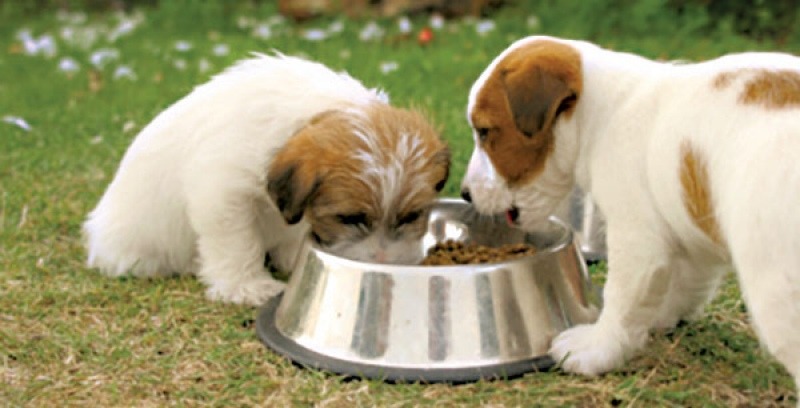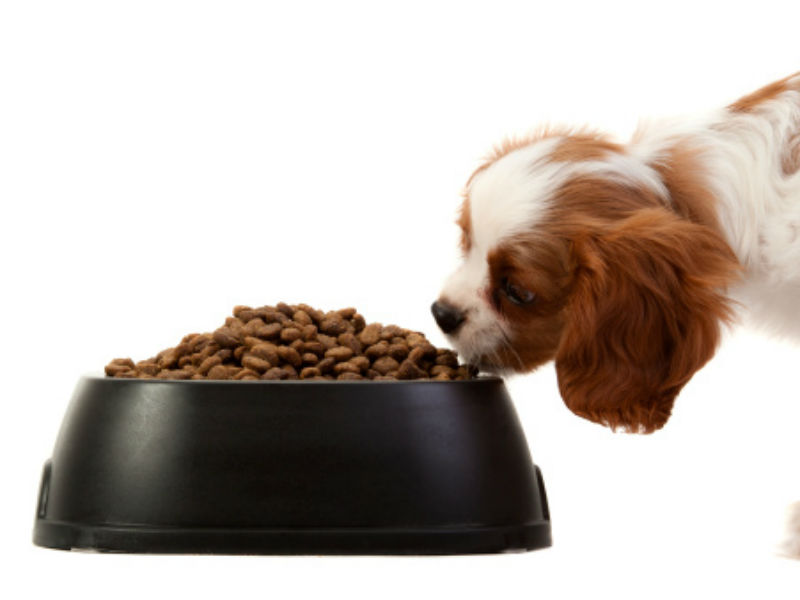The Essential Guide to Pet Food: Navigating Nutrition for Your Furry Companion

When it comes to pet ownership, one of the most crucial decisions you’ll make is what to feed your furry companion. Just like humans, pets require balanced, nutritious diets to ensure they live long, healthy, and happy lives. While it may seem simple to throw a bag of food in their bowl, the reality is that pet food is a nuanced subject with much to consider. From the type of food that’s best suited to your pet’s breed and life stage to the ingredients that promote long-term health, selecting the right pet food is a responsibility that demands attention and care. In this guide, we’ll explore the various factors that contribute to making an informed decision about what to feed your pet, and how to choose the best options for their needs.
Understanding Pet Food: A Closer Look at Ingredients
Pet food, like human food, varies significantly in terms of quality, ingredients, and nutritional value. In order to make an informed choice, it’s important to understand the key components that go into pet food.
1. Protein: The Foundation of a Pet’s Diet
Protein is arguably the most important component of pet food, particularly for carnivorous animals like dogs and cats. Protein is essential for muscle growth, tissue repair, and overall body function. It’s crucial to ensure that the protein source in your pet’s food is high-quality and easily digestible.
-
Dogs: While dogs are omnivores, they still require significant amounts of animal-based protein. Chicken, turkey, beef, and fish are common protein sources in dog food. If your dog has sensitivities or allergies, protein from novel sources like lamb or venison may be a better choice.
-
Cats: Cats are obligate carnivores, meaning they must consume animal-based proteins. Foods that contain real meat—such as chicken, fish, and turkey—are vital for their health.
It’s worth noting that protein quality is more important than quantity. Whole meats or meat meals (which are concentrated forms of meat) are preferable to by-products or low-quality protein sources like corn gluten meal.
2. Fats: A Vital Source of Energy
Fats are another crucial element in pet food, providing energy, supporting healthy skin and coat, and aiding in the absorption of fat-soluble vitamins. The right balance of omega-3 and omega-6 fatty acids helps promote a shiny coat, healthy joints, and overall vitality.
-
Dogs and Cats: Animal fats, fish oils, and plant-based oils like flaxseed are rich in omega fatty acids. Fish oils, in particular, are a valuable source of DHA and EPA, which support brain and eye health.
Be mindful, however, of the fat content, as too much fat can lead to obesity in pets, which brings with it a host of health problems, such as joint issues and diabetes.
3. Carbohydrates: Providing Fiber and Sustained Energy
Carbohydrates are often misunderstood, especially in pet food. While pets, particularly dogs, don’t rely on carbs as much as humans do, they can still provide essential nutrients, including fiber, which aids in digestion.
-
Dogs: Whole grains like brown rice, oats, and barley are good sources of carbohydrates that also contain fiber. Additionally, sweet potatoes and pumpkin are excellent sources of fiber and help maintain healthy digestive function.
-
Cats: Cats, being obligate carnivores, require fewer carbohydrates, though some fiber is necessary for digestive health. Low-glycemic vegetables like peas and carrots are good choices.
Be cautious with the use of fillers such as corn and soy, which provide little nutritional value and can sometimes lead to food sensitivities in pets.
4. Vitamins and Minerals: Supporting Overall Health
Just like humans, pets require a variety of vitamins and minerals to maintain their health. These nutrients support everything from immune function and bone health to skin health and digestion.
-
Dogs and Cats: Common vitamins included in pet food are Vitamin A (for vision and skin health), Vitamin E (an antioxidant), and Vitamin D (for bone health). Minerals such as calcium and phosphorus are also necessary for strong bones and teeth.
Quality pet foods will include vitamins and minerals in bioavailable forms, meaning they can be easily absorbed by your pet’s body. Always look for foods that contain a broad spectrum of these nutrients to support all aspects of your pet’s health.
Types of Pet Food: Dry, Wet, Raw, and More
When selecting pet food, it’s important to understand the different types available. Each type has its pros and cons, and the best choice depends on your pet’s individual needs.
1. Dry Food (Kibble)
Dry food, or kibble, is the most common type of pet food. It’s convenient, affordable, and has a long shelf life. Kibble is often formulated to meet the nutritional needs of pets and is available in a wide variety of flavors and formulas.
-
Pros: Kibble helps with dental health by reducing plaque buildup, is cost-effective, and easy to store.
-
Cons: Some lower-quality kibble brands may contain fillers or artificial preservatives, and kibble may not provide enough moisture, which is important for pets, especially cats, who are prone to urinary tract issues.
2. Wet Food (Canned)
Wet food is a great option for pets who require additional moisture in their diet. Cats, in particular, benefit from wet food due to their low thirst drive, which often leads to dehydration.
-
Pros: Wet food is highly palatable, providing plenty of hydration. It’s an excellent option for picky eaters or pets with dental issues.
-
Cons: It’s generally more expensive than dry food, has a shorter shelf life once opened, and may lead to plaque buildup without regular dental care.
3. Raw Food
Raw diets, often referred to as BARF (Biologically Appropriate Raw Food), consist of raw meat, bones, fruits, and vegetables. Advocates claim that raw diets mirror the natural diet of wild animals, providing higher protein and fewer preservatives.
-
Pros: Raw food is rich in natural enzymes and can improve coat condition, energy levels, and digestion.
-
Cons: It can be difficult to balance a raw diet correctly, and there’s a risk of bacterial contamination (such as Salmonella or E. coli) if the food is not handled properly. Raw diets are also time-consuming and expensive to prepare.
4. Freeze-Dried and Dehydrated Foods
Freeze-dried or dehydrated foods offer the benefits of raw food without the need for refrigeration or preparation. These foods retain much of their nutritional value but are easier to store and serve.
-
Pros: High nutritional value, convenient, and often less processed.
-
Cons: Can be expensive and may not be suitable for all pets.
Special Diets: Catering to Your Pet’s Specific Needs
Some pets may have special dietary needs based on their breed, age, health condition, or activity level. For instance, puppies and kittens require different nutrients than adult or senior pets. Pets with allergies, sensitivities, or chronic conditions may also require specialized food.
-
Allergies: Look for hypoallergenic foods that avoid common allergens such as chicken, beef, or grains.
-
Senior Pets: Older pets often benefit from food formulated to support joint health, weight management, and digestive function.
-
Active Pets: High-performance foods are ideal for working dogs, hunting dogs, or highly active pets that burn more calories.
Making the Right Choice: What to Consider
When selecting pet food, consider the following factors to ensure you’re making the best choice for your companion:
-
Age: Puppies and kittens have different nutritional requirements than adult or senior pets. Choose foods designed for your pet’s life stage.
-
Health Conditions: If your pet has any health issues (e.g., kidney disease, allergies, or obesity), consult your veterinarian to find food tailored to their needs.
-
Ingredients: Always read the ingredient list carefully. Look for high-quality proteins and avoid fillers, artificial preservatives, and by-products.
-
Veterinary Advice: Your veterinarian is your best resource when it comes to choosing the right food for your pet. Regular check-ups can help you monitor your pet’s health and adjust their diet as needed.
Conclusion: The Key to a Long, Healthy Life
Feeding your pet the right food is an integral part of ensuring their health and happiness. From understanding the nutritional components to choosing the right type of food and meeting their specific dietary needs, providing high-quality pet food is a lifelong commitment. A balanced, well-thought-out diet will not only support your pet’s physical health but also improve their quality of life, helping them to be energetic, vibrant, and full of joy. As with any aspect of pet care, always approach pet food with attention, research, and, most importantly, love.










